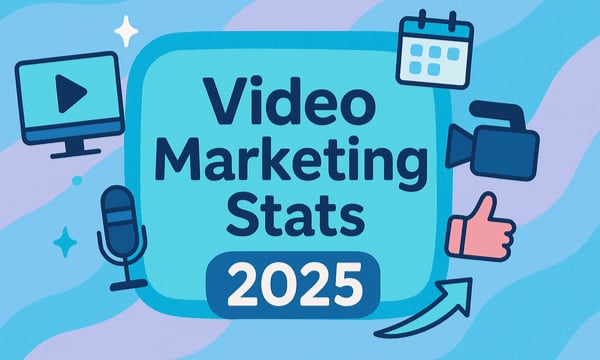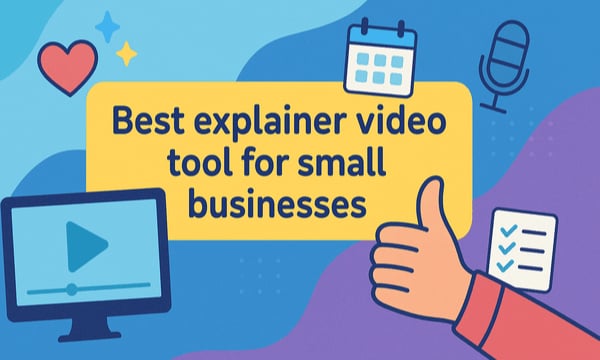A staggering 300 hours of video are uploaded to YouTube every single minute. The incredible popularity of the channel means that there are lots of opportunities for content creators, but it’s also harder to stand out!
So how do you increase the number of people watching your videos and not someone else's? We caught up with VideoScriber and YouTuber, Adam Holownia who started a very successful channel focused on personal development called The Art of Improvement.
We previously discussed how Adam started and grew his channel to 327,000 followers in under two years with VideoScribe, you can find that blog here.
But today, we asked Adam to give us a look behind the scenes at how he plans, creates and optimizes his videos to achieve his objectives and boost views.
Big thanks again to Adam for sharing his insights with us! Let’s get into the interview…
What are your main objectives for your YouTube channel?
The main aim of The Art of Improvement channel is to take brilliantly written articles about personal development, from a whole host of authors, and bring their writing to life through my VideoScribe animations.
Another objective is to continue growing our viewership on the channel. I’ve set a lofty goal of having half a million subscribers by the end of the year. As I write this the current subscriber total is 357,000, so there’s still a long way to go!
How do you decide on what content to make to help you move closer to your objectives?
I read a lot of articles online. Any writing that stands out is a potential candidate for me to animate. Work that is well-researched with valuable references and sources also appeals to me. If I can see the writing has impacted a lot of people already through positive engagement (comments, likes, shares etc.) that’s also a good indicator and I’ll reach out to the author and see if they’re interested in working with me to expose their work to a new audience on YouTube.
Could you give us a quick overview of how you approach creating your videos?
If I’m working without any collaboration, for example a book summary video, my process is as follows:
- Read the book and make notes as I go along
- Once finished, organize the notes and create a script
- Record the voice-over reading the script
- Build the animation around the audio
- Upload to YouTube and work on the title, description, thumbnail etc.
If I’m working with a writer and the article is already written, I’ll skip steps 1 & 2 and begin with point 3.
What are some key considerations when making a video for YouTube that might be different to making a video for another channel?
YouTube dwarfs most other platforms for uploaded content and as a result competition is much higher. As an educational video maker, if my content isn’t up to scratch, chances are there are several other videos on the same subject available to the viewer.
High quality content is essential if you want to keep viewers coming back to your channel. I also try to keep the video voice-over at a relatively fast pace without too many pauses or silences that may cause the viewer to shift their attention from the video.
What tips would you give for optimizing your video on YouTube?
End screens are important as they give the viewer an easy way to watch more of your content. YouTube rewards channels that have a high watch time by promoting the channel’s videos more in search results, suggested videos and even the homepage. There is a ‘Best for viewer’ option for end screens where YouTube picks which video is displayed on the end screen, which works well for me.
What metrics do you track to assess the performance of your videos?
The number one metric in YouTube analytics for me is views. If you use YouTube as a way to earn your living through advertising, then more views equals more adverts shown which equals a higher payment each month.
Other factors that are important include your videos’ click-through-rate, which is the percentage of people that click your video after seeing the title and thumbnail. Also, view duration percentage is a valuable metric as YouTube promotes videos more when viewers watch a high percentage of that video. Finally, checking comments is a great way to see what your audience likes/dislikes and what they want to see more or less of.
Thank you again to Adam for sharing his experiences and advice on YouTube with us! If you’d like to create your own videos to boost your YouTube channel then start a free 7-day trial of VideoScribe today.


.png)



![How to create animation magic [3-part guide to video success]](https://blog.videoscribe.co/hubfs/How%20to%20create%20animation%20magic%20guide%20VideoScribe.png)


%20(1).png)


COMMENTS